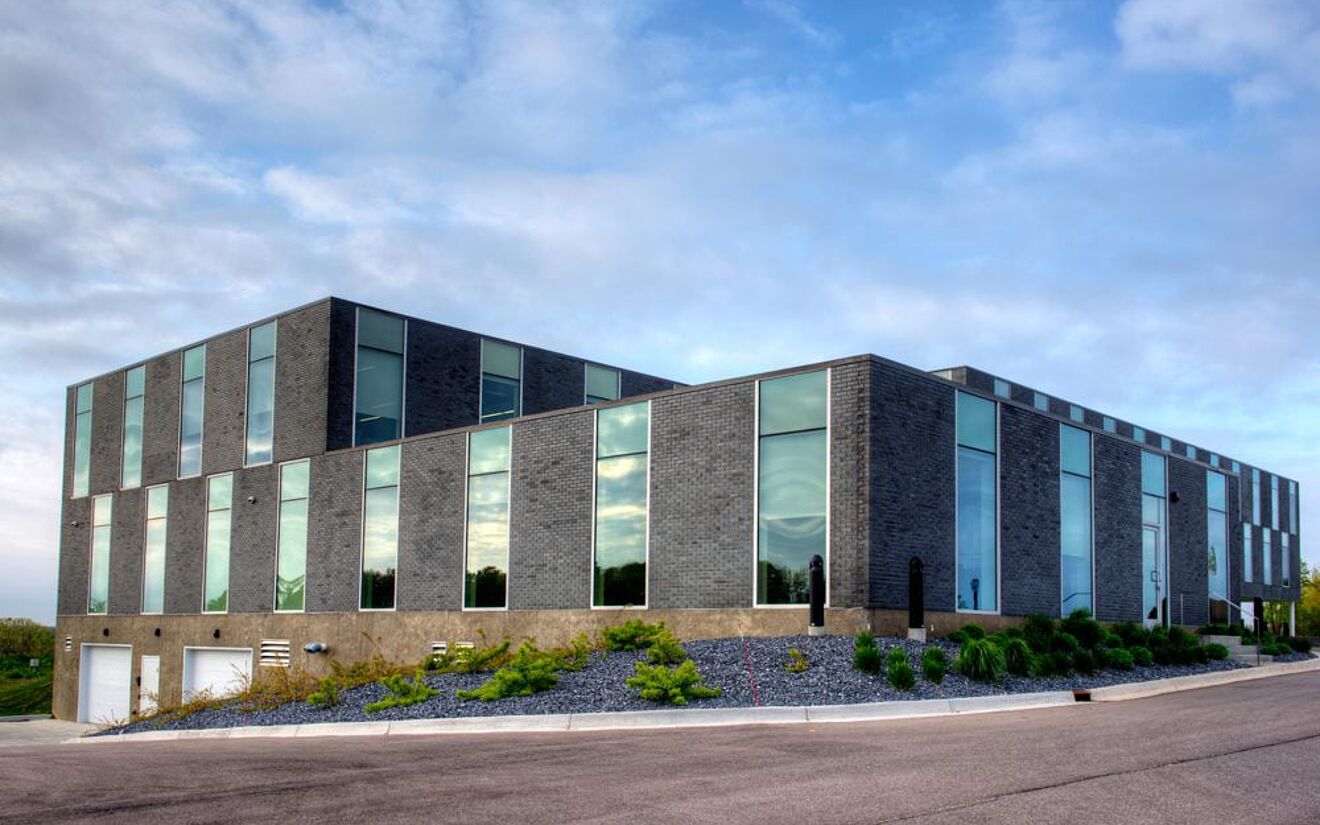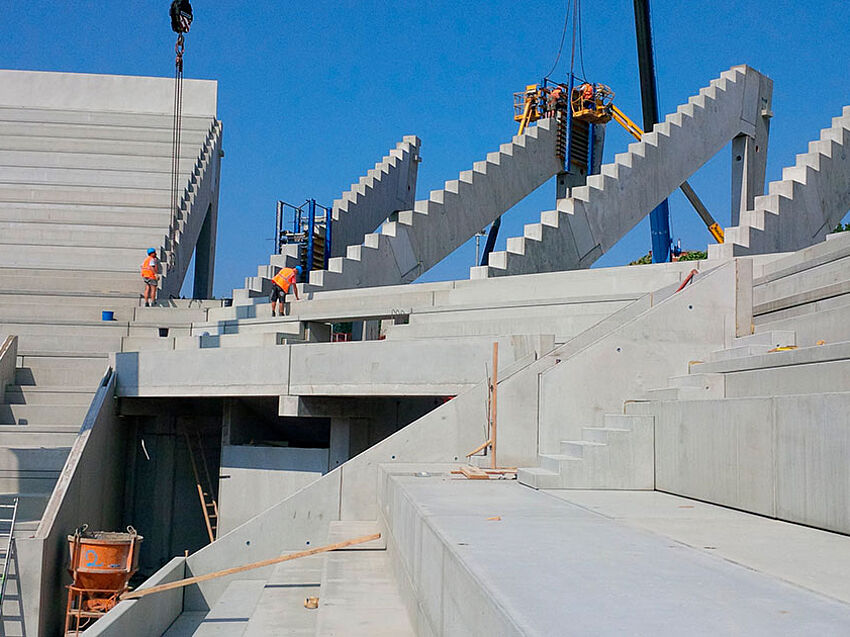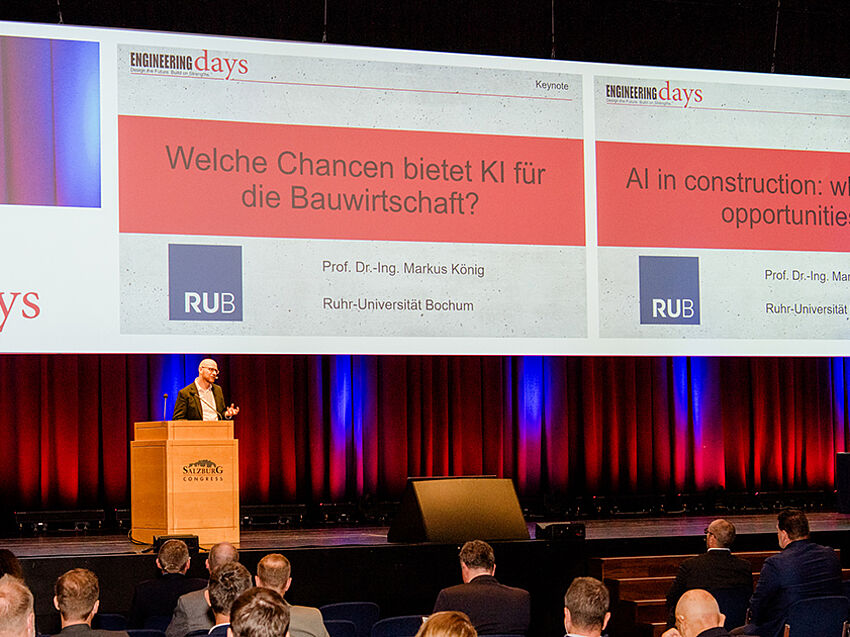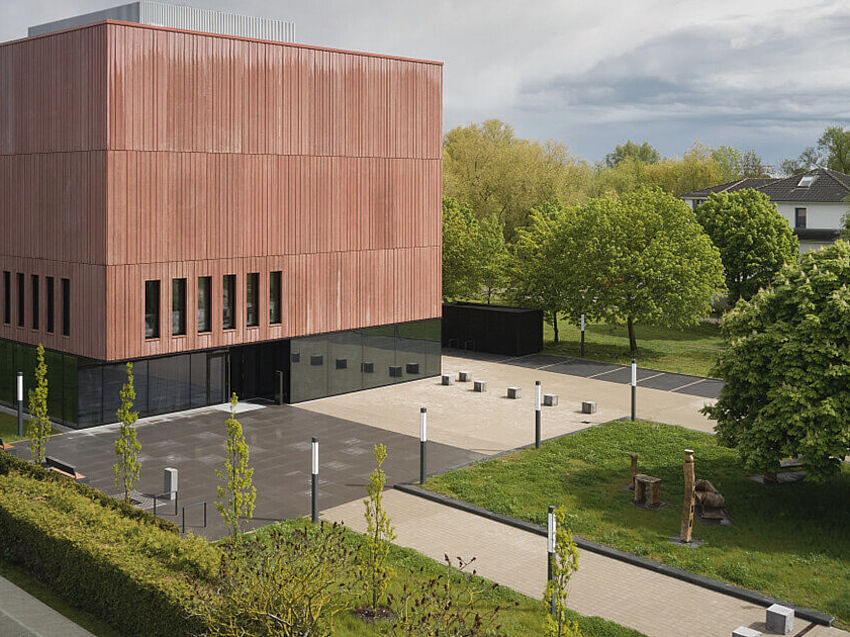While 3D BIM technology has been on the rise in precast construction, many companies today are still relying on in-house, custom-developed solutions for their CAD and other needs. This was the case for Fabcon Precast when Kim Capel, now VP of Technical Services, joined the company in 2014.
Fabcon is a leading precast concrete company in the United States, with seven locations spanning from New York to Kansas serving everything from engineering and manufacturing to logistics and installation.
Capel came to Fabcon with a vision of a fully integrated, autonomous production system that seamlessly transferred information from the drafting board to the factory. But first, she had to find a way to rehaul Fabcon’s custom-developed CAD and estimating software. For a long time, Fabcon had shared the common perception that custom, in-house solutions were better and cheaper than software provided by outside vendors. The cost to maintain their in-house tools, however, was much greater than it seemed.
Here, we’ll look at some of the common pitfalls Fabcon discovered and see how Capel’s vision is now becoming a reality with the help of ALLPLAN, cementing Fabcon’s position as a market leader in precast concrete.
The Pitfalls of Custom Software
Hidden IT Costs
It’s easy to see how keeping your money in-house feels cheaper than paying a third-party vendor. But the reality, as Fabcon realized, is that the cost of paying a full-time developer over the course of many years, plus the production time lost when issues arose, adds up to a significant amount of money.
Relying on a single person to keep their systems running also led to a lot of high-stress situations with a single point of failure. If their developer happened to be sick or on vacation, what would they do? To Capel, it felt as though their business was in a constant state of panic, waiting for the next software breakdown — a situation that was not sustainable.
The support factor was one of the key reasons Fabcon decided to purchase a new software system. Instead of relying on a single point of failure, Capel said, “There are other customers you can get in touch with, there are established best practices, and when something does break, there’s a whole support team you can call instead of your one person.”
Interoperability & Maintenance Challenges
While a custom-developed software could, in theory, precisely fit your business needs and workflows, the limited capacity of your in-house developers can leave your software capabilities lagging — especially when it comes to interoperability.
Fabcon experienced this problem first-hand with their in-house solutions. Having disconnected IT setups between their various business functions meant that they spent a lot of time on redundant data entry, sometimes resulting in inaccuracies and preventing their staff from adding value to their processes.
In addition, when one program was updated, it could create a chain reaction of problems that impacted Fabcon’s production. Given the speed of change within IT and the age of their custom solution, their software might hit a point where it would need to be completely re-written to work.
Between the supportability, interoperability, and upgradability, Capel said it was a no brainer for her: it was time to move on.
Fabcon Precast is a leader in engineering, manufacturing, and installation for precast concrete structures, with seven locations across the United States. © Fabcon Precast.
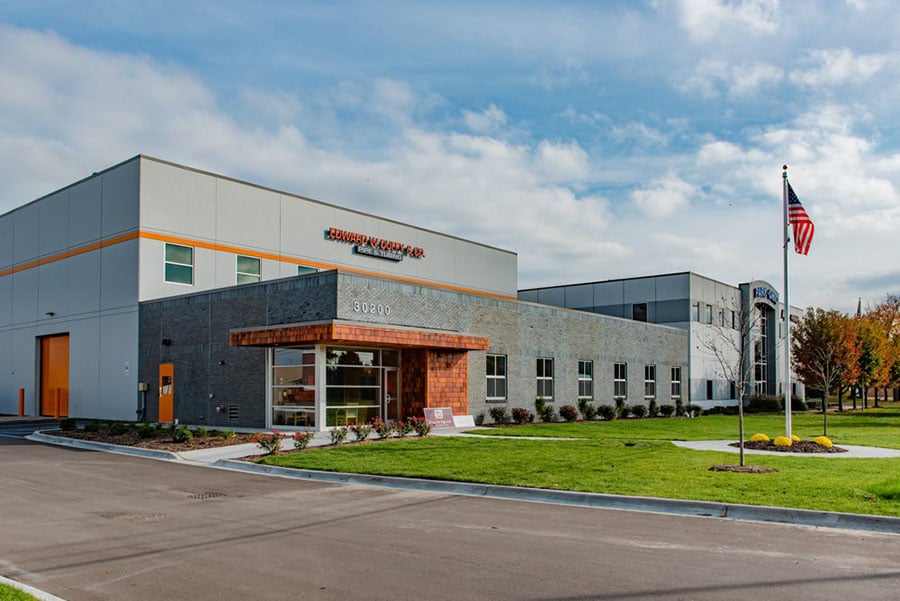
Finding a Better Solution
A Stable 3D Platform
At the same time Fabcon was beginning to reach the limits of their in-house software, they were also finding more contractors and building owners requesting BIM models as part of their project deliverables. Capel began searching for a 3D BIM solution to replace their internal IT systems.
Production drawings were the backbone of their business, and Fabcon’s top priority was finding a stable platform that would keep their drawings and project data accurate and accessible across all departments.
“Our drawings are really the hub of everything we do,” Capel said, “so it should be the most important thing and the most stable platform we have.”
In contrast to their in-house solutions, they wanted something that could be easily upgraded and compatible with everything from the lasers in their plant to their ERP system.
Efficiency Gains & Value Added
Ultimately, Fabcon chose to invest in ALLPLAN Planbar. They found that the product helped them solve other challenges for their business as well. Change management, which had previously been a pain point, became automatic, as changes made to the model are updated everywhere.
“You make a change here and it just updates everywhere,” Capel said. “When we showed that to our users, there was just silence in the room.”
This and other intelligent features offered major efficiency gains — “I’m talking days,” Capel said — and freed Fabcon’s staff to add value and improve quality in other ways. While many businesses can be resistant to change, Capel said the staff has completely bought into the benefits the new software will offer.
“What I’m really looking at is how we can best serve our customers,” Capel said. “If we can serve our customers faster and have fewer errors internally, that’s a huge win.”
